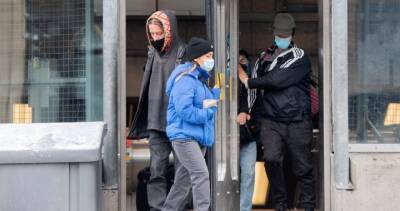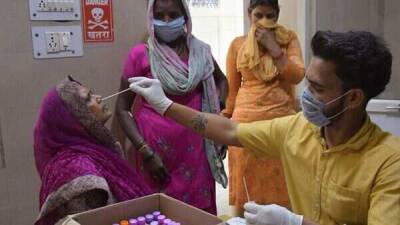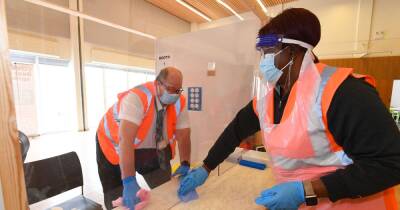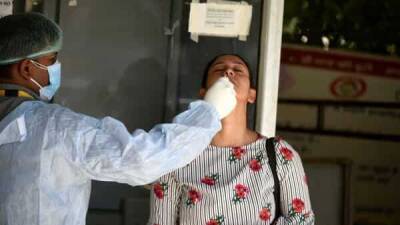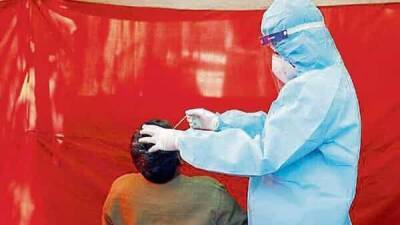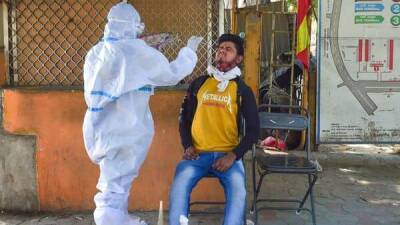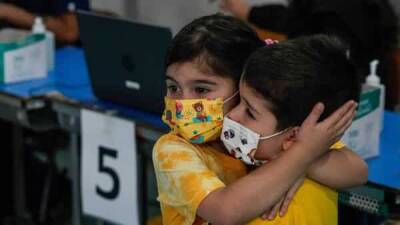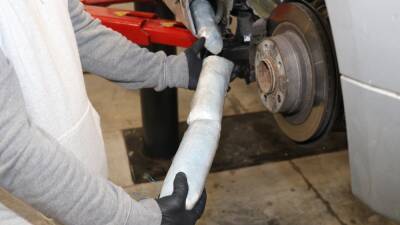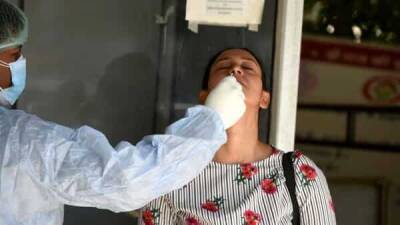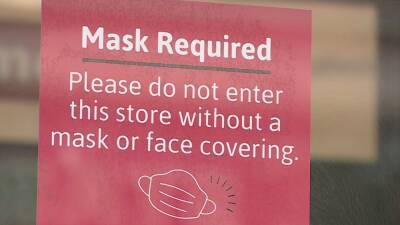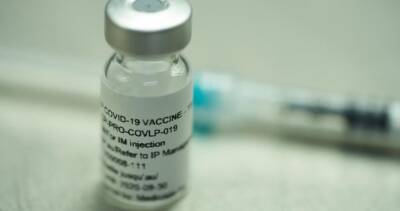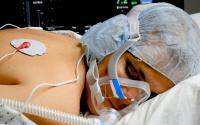Study details COVID's toll on essential workers, health workers
Of all essential workers in Sweden in the first year of the COVID-19 pandemic, healthcare professionals and immigrants were at highest risk for infection, hospitalization, and admission to an intensive care unit (ICU), according to a study late last week in the Journal of Epidemiology & Community Health.University of Gothenburg researchers analyzed the occupational data of 326,052 essential workers from 2018 and 2019 who lived in Sweden as of Jan 1, 2020, and were included in a nationwide COVID-19 database from Jan 1, 2020, to Feb 28, 2021.
Average worker age was 43 years, half were women, 18% were foreign-born, and 28% worked in essential occupations.The investigators compared the risk of infection, hospital admission, and ICU admission among occupational groups and in four groups of Swedish- or foreign-born workers, adjusting for socioeconomic and sociodemographic factors and underlying illnesses.
The study was part of a larger observational study involving multiple national COVID-19 registries.In stark contrast to most Western countries, Sweden went with a "business-as-usual" approach to the pandemic, avoiding lockdowns and face-covering mandates and conducting school in person, a move that backfired, with a much higher COVID-19 death rate than its Nordic neighbors experienced.Foreign- vs Swedish-born workersAmong the 326,052 employees, 29,797 (9.1%) tested positive for COVID-19, of whom 1,069 (3.6%) were hospitalized, and 152 (0.5%) were admitted to an ICU.
While all essential workers had an elevated risk of all three studied outcomes, healthcare professionals were at the highest risk.Incidence of COVID-19 infection among foreign-born workers was 100.0 per 1,000 person-years, while it was 6.3 for hospitalization and
Read more on cidrap.umn.edu





